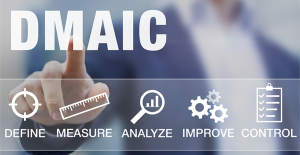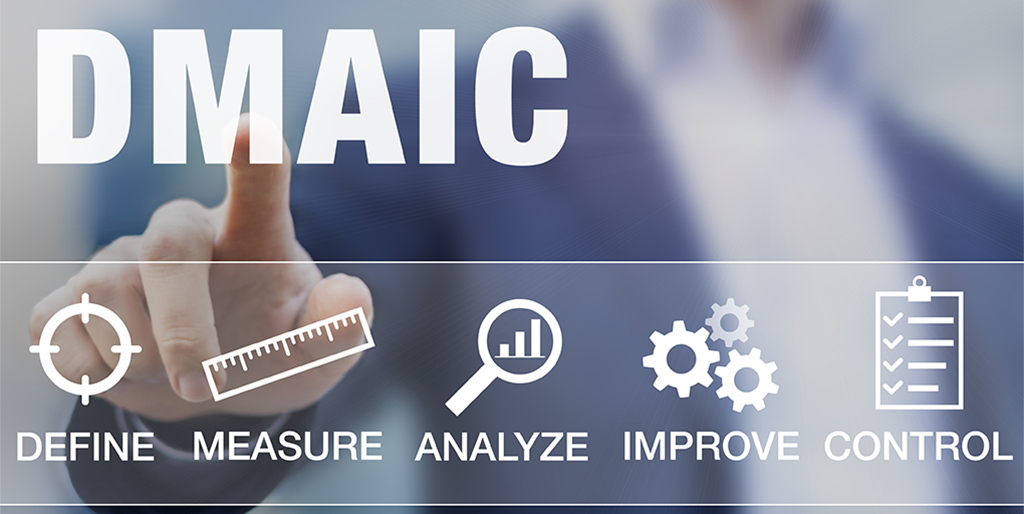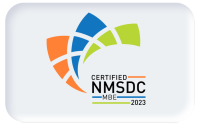We were at the ACC Legal Operations conference this week in Chicago, and once again Legal Spend Analytics (LSA) was a big topic of discussion. Attendees were from both large and small legal departments, and the issue exists for all of them. Am I doing this as efficiently and inexpensively as possible?
Although LSA is new to a lot of people as a specific task or responsibility, the underlying concept of analyzing how much time, effort and cost are associated with common tasks is not new. We’ve all been doing this for ages.
What is new is that the single task of allocating cost to each thing you do, and then looking at alternatives, has been carved out as a stand-alone responsibility.
And as such, we met a lot of people this week who are struggling with how to do this and where to start. This responsibility, for those who shoulder it, can be daunting at the outset.
Let’s start with the question of how or where to start. The answer is – anywhere you want really. There is no wrong place to start. We recommend starting with where your gut tells you that you are spending too much time or money.
There are definitely some tasks that your legal department does that you just know are not being done efficiently or that take people a really long time to do. You can start there.
Alternatively, you can start where your bills are the highest. Look at all your vendor bills or your time sheets, and start with the ones with the highest $$ or hour amounts.
Great, so then what? We suggest turning to Lean Six Sigma and using a 5 step process called DMAIC to help you understand how you are accomplishing each task and getting to the answer of what your current costs are.
It’s hard to improve a process if you don’t understand it, and it’s harder still to ‘show’ improvement if you don’t have a beginning measurement or baseline for your department’s current state.
DMAIC
 DMAIC is an abbreviation of the five improvement steps in Lean Six Sigma (LSS) methodology – define, measure, analyze, improve and control.
DMAIC is an abbreviation of the five improvement steps in Lean Six Sigma (LSS) methodology – define, measure, analyze, improve and control.
Yes, everyone throws around the terms LSS, lean, Six Sigma and DMAIC, but it seems most people can’t be bothered to really use it. This is a big mistake.
Take it from someone who works at a company where over 70% of the team is proficient in LSS – it makes a huge difference in how you work if you employ LSS in your everyday approach to doing business. This is especially true for corporations looking to lean their departments’ overheads and vendor bills.
Using DMAIC
The goal of LSS, and the DMAIC model specifically, is to increase the speed and effectiveness while maintaining or improving quality of any process within your organization.
This should result in increased revenue (if revenue generating), reduced spending or improved collaboration. Maybe all of the above.
DEFINE
Whether you go by gut or by invoices/hours, select your task to be improved, and carve it out as a project and identify what it is you are trying to solve for with this task. Does it take too long? Eat up too many resources? Cost too much?
Does everyone do it differently? Are there quality issues that cause it to have to be done multiple times every time? All of these are common problems and can be solved with the DMAIC approach.
MEASURE
Ok, so you’ve selected your project and picked it because it takes too long, eats up too many resources and ultimately costs too much. Great, but now you have to show that and baseline the process in order to move forward. How do you do this? Create a process map.
 Process mapping sounds business fancy, but it’s not. It’s simply outlining the steps that happen in order to accomplish a specific task.
Process mapping sounds business fancy, but it’s not. It’s simply outlining the steps that happen in order to accomplish a specific task.
This can be done as simply as a sequential list of items as they happen during the task, or it can be as pretty as a workflow diagram using shapes and connectors to denote steps and sequence.
Either way, it’s important to understand what it takes to do this task and who does what, when.
It’s also important to collect any known metrics during this time and to decide what the key performance indicators (KPIs) are to measure this task. What metric will help you determine if you are improving the process, what are your pivots?
Once you process map the task you can then allocate the hours or vendor bills to that task and get an understanding of the effort and cost as it stands today. You can measure the time, cost, effort and resources associated and move onto the next step in the DMAIC process.
ANALYZE

The next step after measuring is analyzing what you are doing, identifying any gaps or problem areas, coming up with ideas for improvement and forecasting cost savings, revenue increases or collaboration points.
This can be the most eye opening stage of the whole DMAIC process because once you learn what you are doing today, you can start to begin to make it better.
Why are you paying $.90/doc for first level document review when you could be paying $.65/document? Does it really cost $4.75 to review a single contract? Do your Admins really work an average of 24/hr a week on billable projects?
The data that comes from the measurement phase will help you figure out how to move forward and where the issues really lie.
This is usually the phase when I see the ‘seriously?’ moment happen – when you start to ask yourself and your team:
- “Seriously, do we really pay counsel $3/doc to review photos of cats?”
- “Seriously, does it really take us 5 hours to review an identical licensing contract that we have with 200 other partners?”
- “Seriously?”
This is a great time to begin brainstorming with all stakeholders of the process on better ways to do the task. Collecting other vendor quotes for the same task can be one way to drive down costs, aggregating all the various ways the task is being done by individuals and creating a streamlined solution using only the best parts can be another way, or deciding to bring a task in-house from an outsourced provider, or vice-versa, is also a common solution.
Which leads us right into the next step of the DMAIC process.
IMPROVE
Once you have all the data and have come up with some initial ideas for improvement, this is the phase where you really get down to business. You choose your path, or paths, forward and implement your improvement ideas to see if your ideas hold water.
Taking the top brainstorming ideas and narrowing them down to actionable plans can be made easier using a weighted criteria matrix.
This will allow you to process map each solution and decide which one will have the biggest impact. This can be a great diagram for internal selling of the idea as well as creating a new baseline projection for the results you hope to see.
Put your plan, or plans, into action – switch out your vendors, train on the new process, or re-source the task – either wholesale or in a mini-test cycle and measure the improvement.
If you don’t see the expected improvement, revisit the decision, re-analyze, make some changes and try again. And then re-measure and repeat until you see the improvement you are looking for in the task.
CONTROL
The final DMAIC step is control. You’ve come so far, you’ve done so much work, do NOT let it all fall apart. Sadly, this happens a lot. People are so organized and process driven through the first four stages. Then when they see results, they celebrate and move on to the next project.
By all means, celebrate and move on to the next project, but please do not do this without putting some control measures on the 1st project to make sure the improvement keeps happening and the task stays improved.
The easiest way to do this is to use the KPIs you identified in the ‘measure’ phase to ensure that you continue to maintain the improvement level even after you move on to the next phase.
Improved processes need to be documented, monitored and managed to identify when slippage happens, and daily/weekly/monthly KPI tracking will alert you to the need to re-visit the process and remove the issues causing the slippage.
CONCLUSION
Legal Spend Analytics can be a lengthy process, but we believe it is worth it if you are able to integrate LSS into your thinking and approach to running your legal department.
Real time and cost savings can be discovered and everyone’s daily workload can be eased if you define, measure, analyze, improve and ultimately control the everyday tasks that trip you up and waste your resources and deplete your budget.





